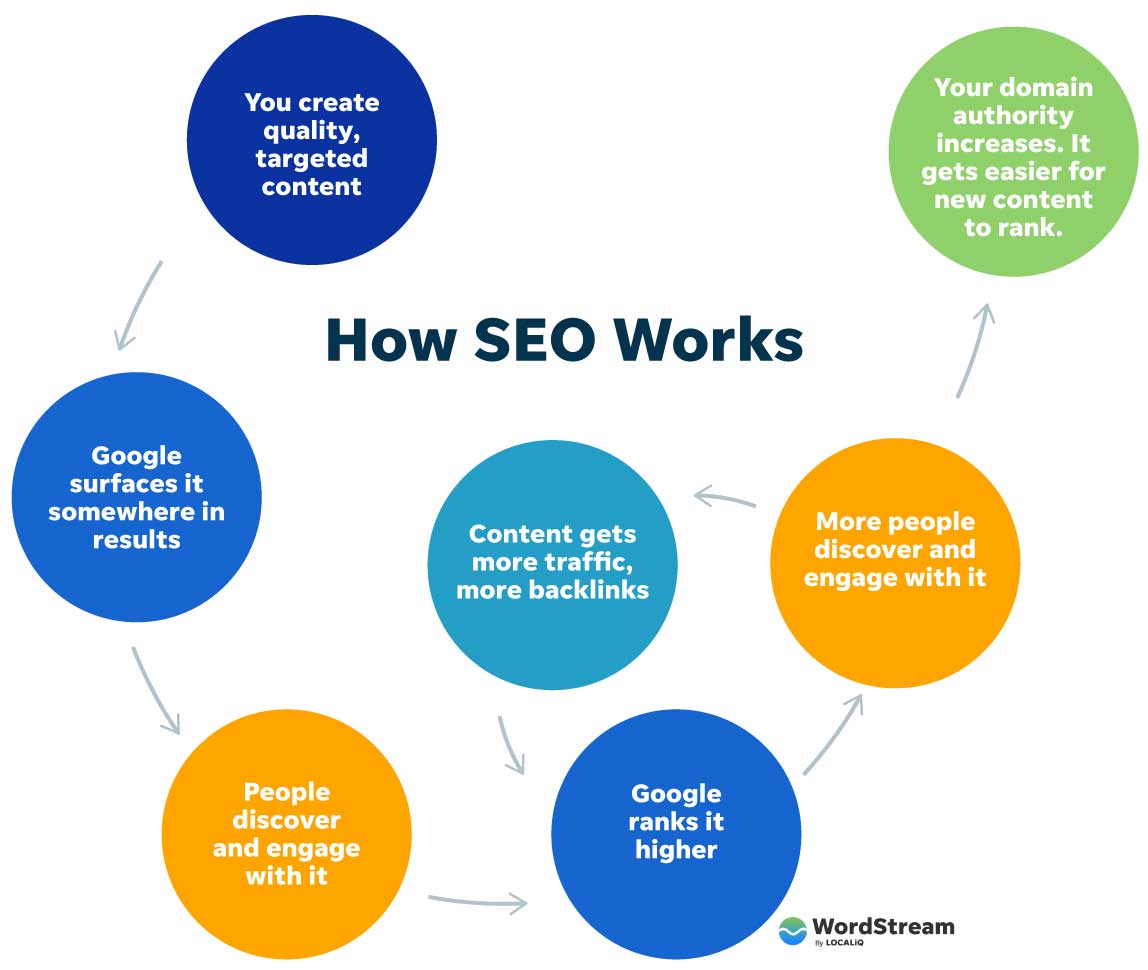Assuming Outside the Box: Leveraging Unusual Mediums to Optimize Google Analytics Efficiency
In the world of electronic marketing, the mission for improved Google Analytics performance has ended up being a strategic vital for services looking for to refine their online presence. Traditional approaches usually drop brief in catching the full range of customer interactions and behaviors. By discovering unique mediums as avenues of data collection, a brand-new realm of opportunities arises. These uncharted territories use a riches of untapped insights that might potentially transform the means we comprehend and maximize our electronic methods.
Unique Information Resources

CRM systems, for instance, can offer insights right into specific client communications, acquisition background, and choices, which can be incorporated with Google Analytics data to produce even more individualized advertising and marketing methods. Social network platforms provide beneficial information on individual demographics, passions, and engagement metrics, enabling services to assess the performance of their social networks campaigns and enhance material for far better efficiency. Email advertising information, including open rates, click-through prices, and conversion metrics, can also be leveraged to track customer interaction and habits past site communications captured by Google Analytics. By leveraging these distinct data resources, companies can improve their techniques, improve targeting initiatives, and enhance general Google Analytics efficiency.
Social Media Site Insights

Additionally, social media analytics devices make it possible for companies to track essential performance indications, screen project performance, and gauge the impact of their on-line tasks. Recognizing the demographics of fans, identifying preferred material motifs, and assessing engagement degrees can aid services tailor their marketing approaches for better outcomes.
Offline Marketing Assimilation
Integrating offline advertising strategies with digital analytics can enhance total project efficiency and provide an extra thorough understanding of customer behavior. what is not considered a default medium in google analytics. By connecting the void in between online and offline efforts, organizations can track the influence of conventional advertising networks such as print advertisements, TV commercials, direct-mail advertising, and occasions on their online existence

Additionally, implementing call radar for offline marketing activities enables companies to record valuable information on consumer inquiries created via printed materials or ads (what is not considered a default medium in google analytics). By assessing phone call data along with on the internet metrics in Google Analytics, companies can obtain deeper understandings into the consumer journey and optimize marketing strategies for improved performance throughout all channels
IoT and Wearable Technology
Using IoT and wearable technology in digital analytics can change information collection and consumer understandings for organizations seeking a much deeper understanding of user behavior patterns. Wearable modern technology, such as smartwatches or health and fitness trackers, can offer understandings right into user activities, wellness metrics, and even location information.
Gamification Approaches
The implementation of gamification strategies in electronic analytics offers an ingenious technique to boosting user engagement and driving actionable insights for companies. By incorporating game-like components such as points, badges, leaderboards, and compensates into the analytics user interface, firms can encourage individuals to connect much more frequently and meaningfully with the data.
Gamification encourages individuals to discover different features of the analytics platform, discovering important insights that might have or else gone undetected. With interactive obstacles and progress monitoring, users are incentivized to dive much deeper into the data, bring about increased time invested in the system and a higher chance of discovering key trends or patterns.
Furthermore, gamification can promote a feeling of competition among users, spurring them to strive for greater efficiency and engagement degrees. This competitive spirit can drive raised customer adoption prices and an extra extensive usage of the analytics devices offered. Ultimately, by leveraging gamification methods in electronic analytics, organizations can create an extra interesting and efficient environment for users, leading to even more educated decision-making and improved overall performance.
Conclusion
To conclude, leveraging unusual mediums such as distinct data sources, social networks insights, offline advertising integration, IoT and wearable innovation, and gamification strategies can maximize Google Analytics efficiency. By assuming outside package and discovering these alternate sources of data, businesses can gain important understandings and enhance their overall advertising and marketing techniques. It is essential for business to continually discover new means to collect data and analyze it in order to stay ahead in the ever-evolving digital landscape.
By integrating information from resources such as customer relationship management (CRM) systems, social media platforms, visit this site and e-mail advertising campaigns, services can obtain an extra comprehensive understanding of their audience behavior and engagement patterns. Social media systems supply site link valuable data on user demographics, interests, and engagement metrics, allowing organizations to assess the efficiency of their social media campaigns and enhance web content for far better performance. By leveraging these one-of-a-kind information sources, companies can fine-tune their approaches, enhance targeting efforts, and enhance overall Google Analytics efficiency.
Checking out social media understandings can give organizations with useful data on individual demographics, passions, and interaction metrics, allowing for informed decision-making and critical optimization of advertising efforts. By thinking outside the box and discovering these different sources of data, organizations can acquire beneficial insights and improve their overall advertising and marketing approaches.